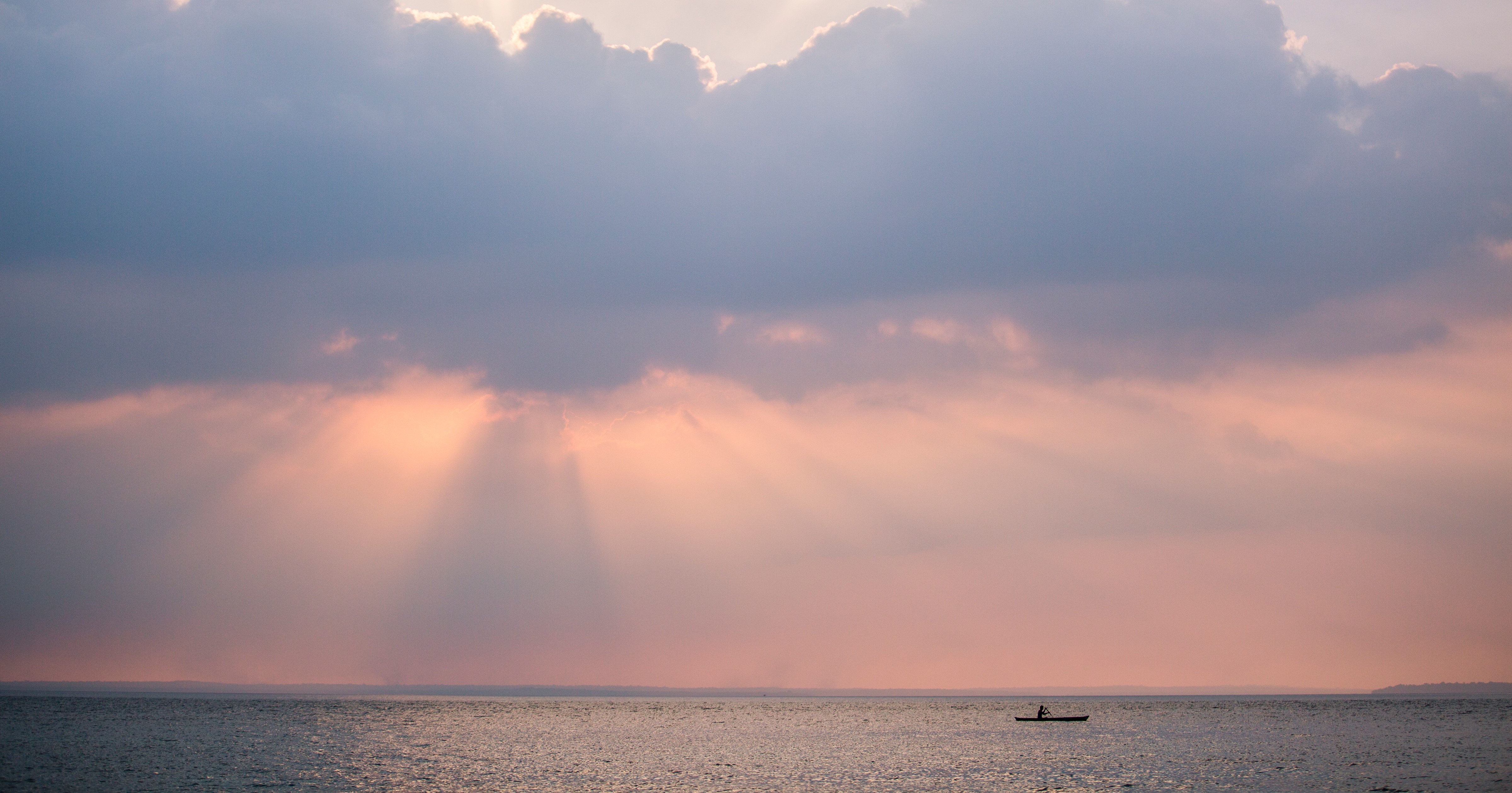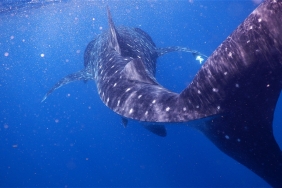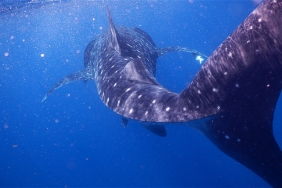THE UPS AND DOWNS OF BEING A FISH KID
By: Sila Kartika Sari (Reef Check Indonesia)
Have you ever been diving or snorkeling? Who is not entertained by the attractions of colorful fish underwater, swimming to and fro, in and out of coral reefs. But, have you ever imagined that the fish we see must be recorded by its species name, body length, and number. Yes, species - meaning we have to know what the Latin name of the yellow-striped snapper species is, down to its estimated length. Not just one species of fish, but dozens or even hundreds.
That is the main task of us, coral reef fish researchers, or commonly called the Fish Kids. We recorded the types of coral reef fish found in each dive point on this #XPDCALORFLOTIM. The reef health monitoring protocol we use is the Undewater Visual Census (UVC) method.
With this method, we recorded 16 target fish families. Within a single fish family, there can be dozens and dozens of species. The fish recorded were species from herbivorous fish (parrotfish, baronang, and sandeel) and economic fish (grouper, snapper, kuwe, yellowtail, and so on).
We dived for about 1 hour and 15 minutes, with a sabak and underwater paper in our left hand, and a pencil in our right. When we saw a school of snappers, we identified them morphologically, then their body patterns and special markings to determine their species name. Only after that, we quickly estimate the total number and size.
If there are other fish species belonging to the 16 families next to it, we identify them again and record them quickly, before they run away. Sounds complicated, right? It is. But, that's where the fun lies.
It's when we see our underwater paper full of the many types and numbers of fish found at the research site. Especially if it's a large or "rare" fish species like the Napoleon wrasse, manta ray (Manta birostris), and other charismatic animals.
On this expedition, I found several "fish markets" down there, so many fish were recorded on my sabak. One of these was two dive sites around Reta Island, a small island between Alor Island and Pantar Island. There were 2599 individual fish comprising 58 species of fish! Including, the black tip reef shark. Cool!
Despite the excitement, as Fish Kids, we also faced grueling challenges. Fish researchers have the longest dive distance, 550 meters, compared to coral researchers with a distance of 150 meters. Plus if the waters are rough, with a frequency of diving three times a day, it's like eating alone.
Fish researchers are also the most troublesome when recapitulating data collection results. We enter data into excel sheets with a predetermined format, to be processed and analyzed together with coral reef data. Sometimes, we are required to stay up late to finish data entry before collecting new data the next day. Moreover, if a dive site has a type of fish that we don't know the species name of, we have to verify the type of fish through the fish identification book.
Being a Fish Boy, you have to be smart to steal time to enter data, sometimes even in between surface intervals. It's not as easy as one might think. However, it's nice to know that the results of our records on this slab are proof that down there, there is still a "fish market" that we must protect together.





